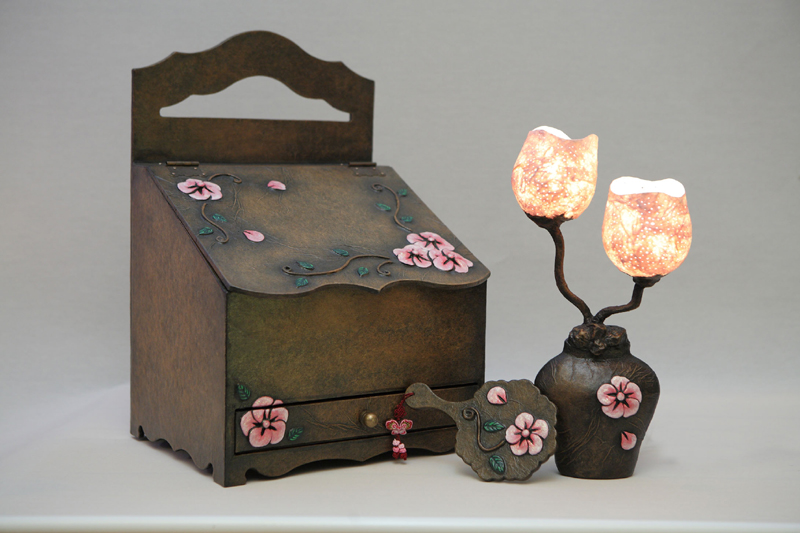Korean hanji paper crafting, a centuries-old tradition, offers travelers a unique cultural experience rooted in Korea’s artistic heritage. Hanji, made from the bark of the mulberry tree, is prized for its durability, texture, and versatility, used in everything from calligraphy to intricate paper lanterns. Visiting artisans in cities like Jeonju or Seoul allows travelers to witness the meticulous process—pulping, sheet-forming, and drying—that creates this eco-friendly paper. Workshops, often led by master craftsmen, provide hands-on opportunities to craft hanji items like fans or bookmarks, fostering a deeper appreciation for Korea’s sustainable practices. This art form, recognized by UNESCO, reflects Korea’s emphasis on harmony with nature, making it a must-experience for cultural enthusiasts.
Participating in hanji crafting offers more than a souvenir; it’s a gateway to understanding Korean values of patience and precision. In Jeonju’s Hanji Museum, visitors can explore historical uses of hanji, from household goods to Joseon Dynasty books, while learning about its modern revival in art and design. Local artisans, such as those at the Gyeongbokgung craft markets, share stories of hanji’s cultural significance, connecting travelers to Korea’s past. These immersive experiences, often small-group settings, ensure personalized guidance, making them ideal for curious travelers seeking authentic, meaningful interactions.
For travelers, hanji crafting is a low-impact, enriching activity that supports local communities and preserves tradition. Booking through platforms like Airbnb Experiences or local tourism boards ensures reputable workshops with skilled instructors. Prices typically range from $20–$50 for a 2-hour session, offering excellent value for a cultural keepsake. Respect workshop etiquette by arriving on time and following instructions, as hanji crafting requires focus. This art form, distinct from Japan’s washi, highlights Korea’s unique identity, making it a perfect addition to a cultural itinerary in 2025.




